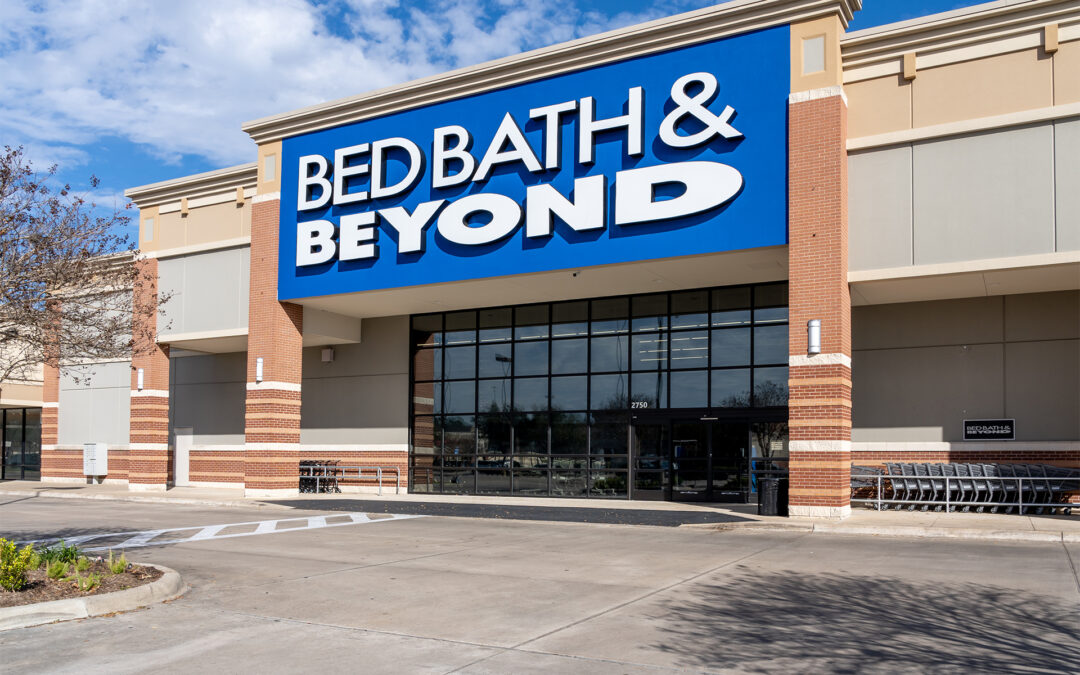Connect DIGITAL, a two-day International Housewares Association virtual event exploring digital and e-commerce strategy, kicked off Tuesday with sessions on advanced Amazon strategy; optimized retail media spending; online brand control and MAP enforcement; and advanced consumer-driven content creation.
Connect DIGITAL is moderated by Aaron Conant, co-founder and managing director of BWG Connect. BWG Connect is a networking and knowledge-sharing group used by brands to advance digital business knowledge base and collaborate on partner selection.
Read the Connect DIGITAL Day Two Report.
Here is an exclusive HomePage News report on day one of Connect DIGITAL.
Advanced Amazon Strategy: Advertising, Content and Operations for Vendors and Seller.
David Grill, director of advertising, and Robert Antolin, director of business management, Orca Pacific
BWG’s Conant kicked off the first Connect DIGITAL session by asserting, “Amazon is always changing, so you must continually revisit your strategies for working with Amazon.”
“Without a dynamic approach to advertising as a percentage of total business, you will fall behind,” Grill advised. “Focus on a handful of keywords to drive rank and relevance.” Amazon offers many new options for sponsored product ads and videos, he said.
Q4 challenges for Amazon vendors and sellers:
- E-commerce doubled as a percentage of total retail sales as pandemic-confined consumers shifted their shopping patterns in 2020, but online shopping has dropped in recent months, as consumers return to brick & mortar stores.
- Increases in materials and transportation costs stress fulfillment for every channel of business.
- Access to inventory is a key competitive advantage. Avoid out of stocks. Stop advertising or discounting products with limited availability. Out of stocks not only reduce your margins, but they also reduce Amazon page views, search rank and reviews.
- Amazon struggles with seasonal demand. Prime Day, Black Friday and other promotions pressure warehouse capacity and lead to labor shortages.
- Build market share with DTC and selling with varied retailers.
“High volume brands work vendor managers and can negotiate price increases with Amazon, which can sell products at a loss. Lower volume sellers cannot negotiate with an algorithm,” Antolin cautioned.
“Direct your ad spend on hero products with available inventory. Your Amazon advertising should aim to drive shoppers to your own brand store for greater visibility, and where you control customer experience and promote your entire product catalog,” Grill added.
The New Age of Retail Media: A Deep Dive on Paid Media from Amazon to Walmart
Adam Epstein, vice president, growth, Perpetua
Epstein advised how to optimize the paid media spend on Amazon.com and Walmart.com, noting key mistakes brands often make and how to avoid them.
Epstein said Amazon DSP (demand-side platform) for programmatic display, video and audio ad buys on and off Amazon is a powerful tool for building brands. He cited a housewares company whose Amazon monthly sales grew by more than 25% after launching DSP, including an average order value increase of more than 30%; and an increase in return on ad spend of more than 30%.
Epstein urged brands not to underbid on Amazon “top of search” sponsored product placements, the top two slots that account for 30% of all clicks and a two-times higher conversion rate while driving higher keyword ranks.
For Walmart.com, Epstein advised brands to adapt paid keyword bid strategies to the retailer’s “first-price” auction platform, on which bidders pay the full value of their accepted bids, not smaller increments over the second-highest bids. He cited services and algorithms that help mitigate higher-than-necessary bids by systematically submitting lower bids in auctions until a loss.
Epstein also cautioned brands to be aware of Walmart’s organic rank hurdle that allows paid placement for only the top 128 products in the platform’s organic search query. He noted Walmart auto-campaigns and third-party automatic solutions to help brands to gain keyword relevancy toward reaching the retailer’s top 128 hurdle.
MAP Policies and Controlling Your Brand’s Online Marketplace Sales to Drive Growth and Profitability Instore and Online
Daren Garcia, partner, Vorys eControl
Garcia laid out a blueprint for building the strong foundation of brand control across the online sales map that facilitates the creation and enforcement of MAP policy.
Garcia told brands to take a holistic approach: “There is no magic tool that in and of itself will fix everything for you,” he stressed.
Start by establishing an authorized reseller program that seeks to limit the number of authorized resellers on each platform “so you’re not fighting yourself,” Garcia said.
MAP policy can’t be implemented effectively, he added, until a brand can control online distribution, dictate supply and incentivize sellers to follow it.
Garcia said, “MAP policy is a tool, not a strategy,” best reserved for higher-priced, innovative and new products for which long-term brand value is more important than short-term sales. He advised consistent enforcement of MAP policy with authorized resellers.
Although it is not unlawful under the First Sale Doctrine for unauthorized online resellers to buy and sell legitimate products, Garcia said brands may be able to stop resellers selling products with material differences and lower quality control factors than those established by brands.
Right Foot Forward: Keys to Ensuring Sustainable DTC E-Commerce Success
Jordan Brannon, President & COO, Coalition Technologies; Kelly Ferris, Senior Director of Sales, Small Business, BigCommerce
Amazon was the initial digital growth focus for many companies, but direct-to-consumer has become a necessity, Conant said.
Ferris said companies need to think about what they are going to be doing next year, not just in the short term.
Brannon suggested three things for a sustainable scalable e-commerce initiative:
- Dialing in on one strategy and doing it well is a critical first step.
- Avoid technical debt by taking a better and longer approach, not a quick fix.
- Be careful with what you choose to do with your brands as reputation can be demolished overnight.
Ferris noted some common missteps. “The riches are in the niches,” she said, noting that every wildly successful company has capitalized on a niche in the market. It’s about the storytelling, she said, not just the product; companies must articulate to the consumer what problem they are solving. Additionally, good customer service, loyalty programs and great return policies all keep repeat purchases strong.
Big trends on the horizon involve ways to have an online relationship with your consumers, using virtual and augmented reality and social and video commerce to communicate and sell product.
Ferris advised to choose partners that will help innovate the experiences for traditional B2B and new DTC consumers. Brannon summarized by saying to find a formula that can work and repeat while avoiding fragmentation; self-auditing; and recognizing there are many ways to be successful in e-commerce.





